RBGE scientists contribute to a landmark study suggesting that increasing global temperatures may cause both Amazon and African rainforests to become net sources, rather than sinks, of carbon much sooner than previously thought.
I have to admit, plot work is not my favourite part of being a botanist. Slashing and stumbling through spiny lianas, in 80% humidity, sweat bees clustering in your eyes, nose, ears and mouth, with barely a flower or fruit to be seen, to identify, map, measure and mark every tree in an area the size of a Manhattan city block.
Fortunately, there are skilled scientists at the Botanics and working in forests all over the world who do seem to enjoy this kind of masochistic activity, or at least handle it without complaining as much as me, and who’ve been quietly getting on with it across the world for at least half a century. Fortunately, I say, because the data they generate is now proving invaluable as we race to understand the past, present, and future impacts of rapidly-accelerating human-induced climate change.
In a paper published in Nature today, RBGE’s David Harris and Axel Dalberg Poulsen, with colleagues from across the globe, explain how data from two massive research networks in Africa and Amazonia, covering a total of 300,000 trees, have been used to calculate the amount of carbon stored in these tropical forests and—crucially—how it has changed over time. The results make grim reading.
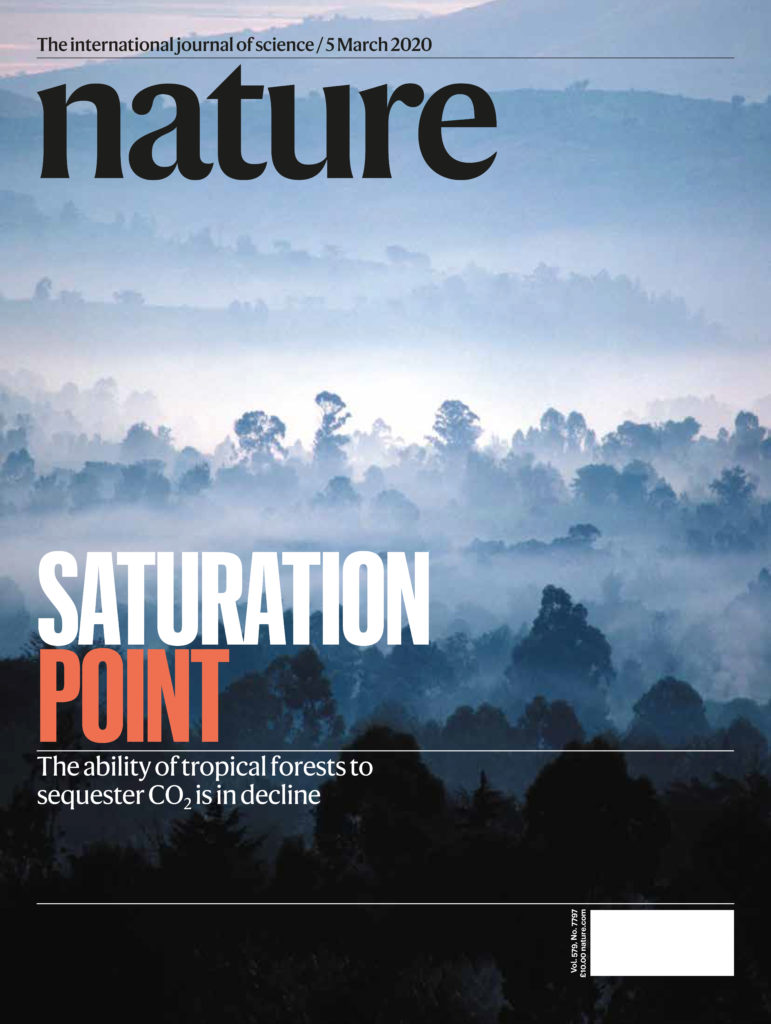
The world’s tropical forests are important centres of biodiversity and ecosystem services, including water cycling and resources such as medicinal plants and crop wild relatives perhaps yet to be discovered. They have also long been considered vital tools in mitigating climate change: in the 1990s and early 2000s tropical forests accounted for around half of all terrestrial carbon sequestration; the carbon already stored in their trees is equivalent to around 90 years of global emissions from fossil fuel use. Climate modellers, attempting to predict future atmospheric greenhouse gas levels and develop climate scenarios, usually assume that this carbon sink will remain relatively stable for decades to come. The Nature study suggests this is not a wise assumption.
It had already been suggested, by some of the same scientists, that the ability of forests in Amazonia to sequester carbon has diminished since the mid-1990s due to a combination of tree growth rates (previously accelerated due to increased availability of carbon dioxide for photosynthesis) levelling off and tree mortality increasing. The new study shows that Africa’s tropical forests are now experiencing the same phenomenon, albeit fifteen years delayed. Since around 2010, both regions’ ability to sequester carbon has been declining.
All the plots studied remained intact throughout the course of the study, so the decline cannot be attributed to losses through deforestation, logging or fire. When the impact of these ongoing threats is also taken into account, the trend is even more worrying.
The overall ability of the world’s tropical forests to remove carbon from the atmosphere has already peaked—as long ago as 1990. By the 2010s, annual global uptake of carbon dioxide by tropical forests had dropped—due to a combination of forest loss and weakening carbon uptake in intact forests—by a staggering 46%, from around 46 billion to 25 billion tonnes—a deficit of 21 billion tonnes, equivalent to the fossil fuels emitted by the UK, Germany, France and Canada over ten years! As carbon emissions continue to increase, tropical forests are now able to absorb only 6% of anthropogenic carbon dioxide emissions produced each year.
Lead author Dr Wannes Hubau, now based at the Royal Museum for Central Africa just outside Brussels, explained that combining data from Africa and Amazonia helped the scientists to “understand why these forests are changing … extra carbon dioxide boosts tree growth, but this effect is being increasingly countered by the negative effects of higher temperatures and droughts which slow growth and can kill trees.”
The study predicts that the weakening of both African and Amazonian sinks will continue, with the latter becoming an active carbon source by the mid-2030s. Once this “tipping point” is reached we will likely enter a cycle of positive feedbacks with runaway loss of stored carbon and rapidly increasing global temperatures. The worry, says lead author Prof. Simon Lewis, of Leeds University, is that “this has already begun. This is decades ahead of even the most pessimistic climate models. There is no time to lose in terms of tackling climate change.” It is vital that policymakers at COP26 in Glasgow later this year take note and act to set decisive, stringent and enforced emissions targets. As Prof. Lewis concludes: “The window of opportunity is closing fast.”
The intrepid work by scientists such as the Botanics’ Harris and Poulsen and their international collaborators in studying forest plots—sometimes several days’ travel by foot or canoe from the nearest road—must continue, says Dr Hubau, in order to “track the effects of accelerating environmental change … Our planet’s last great tropical forests are threatened as never before.”

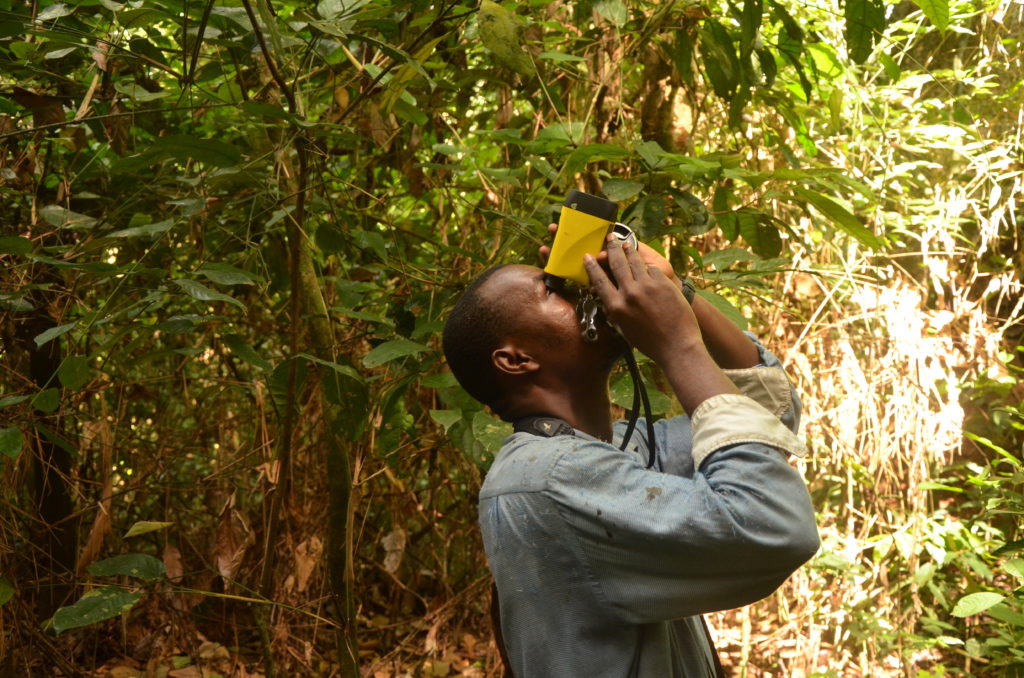
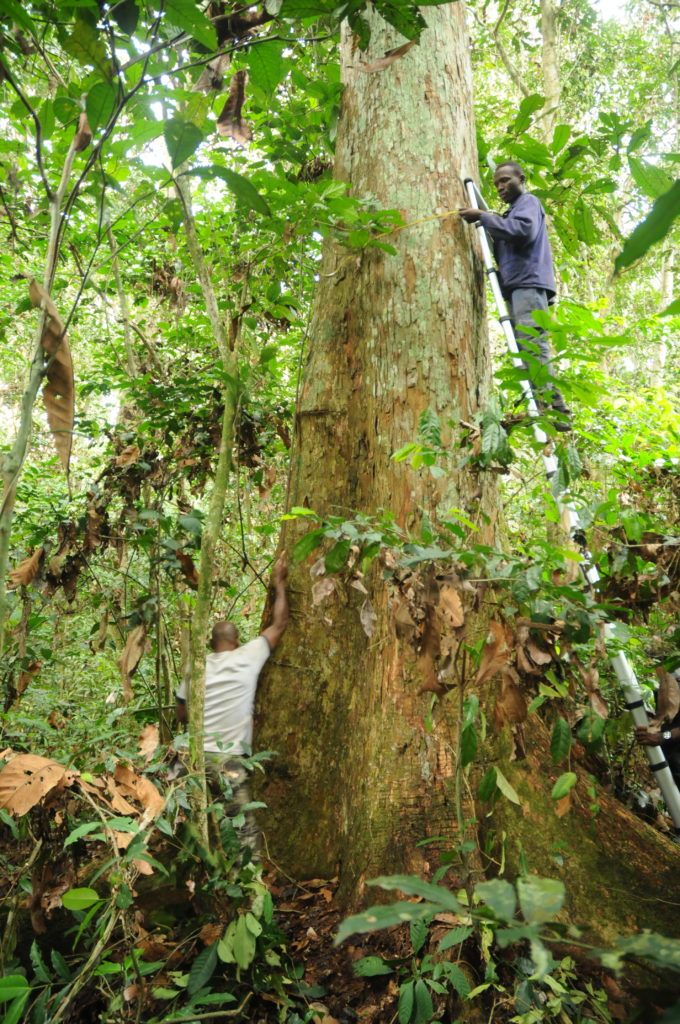
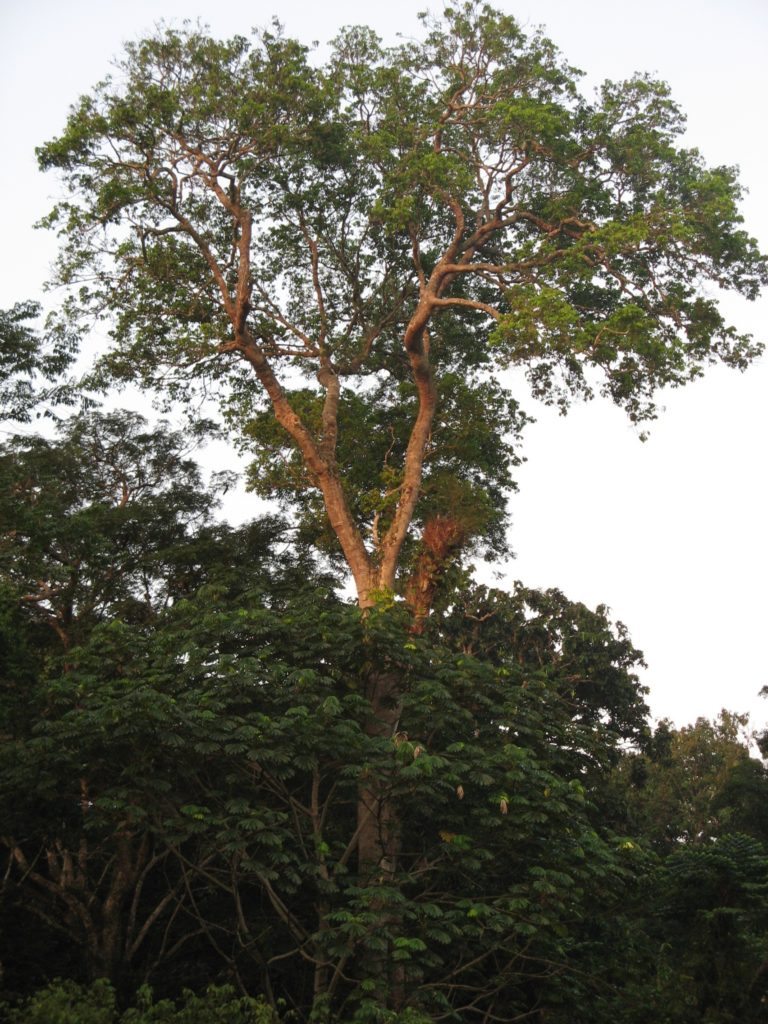
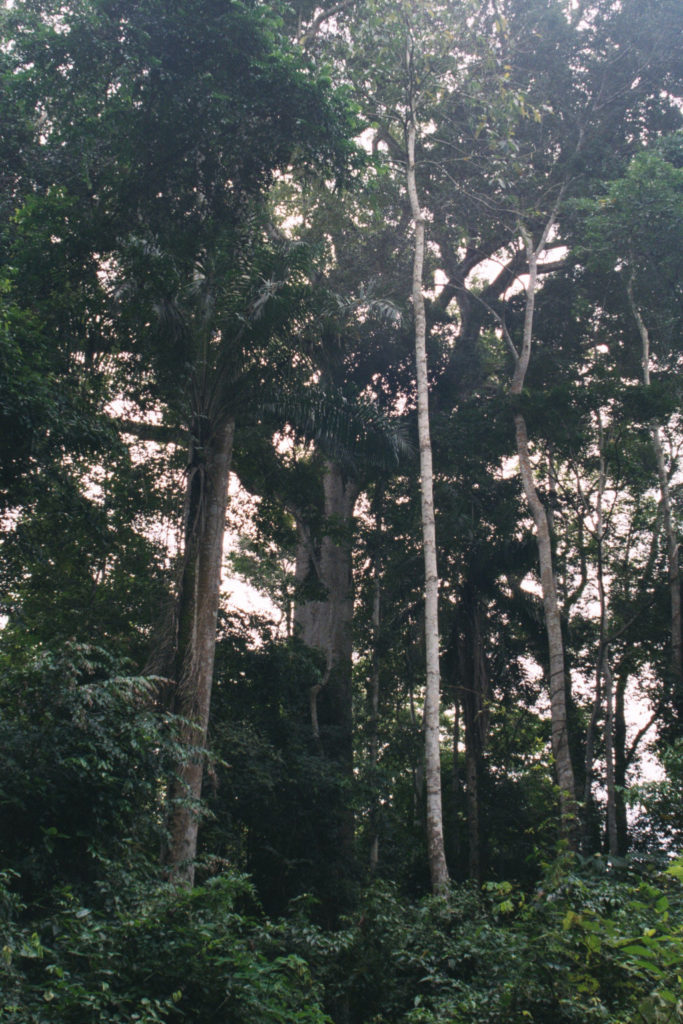
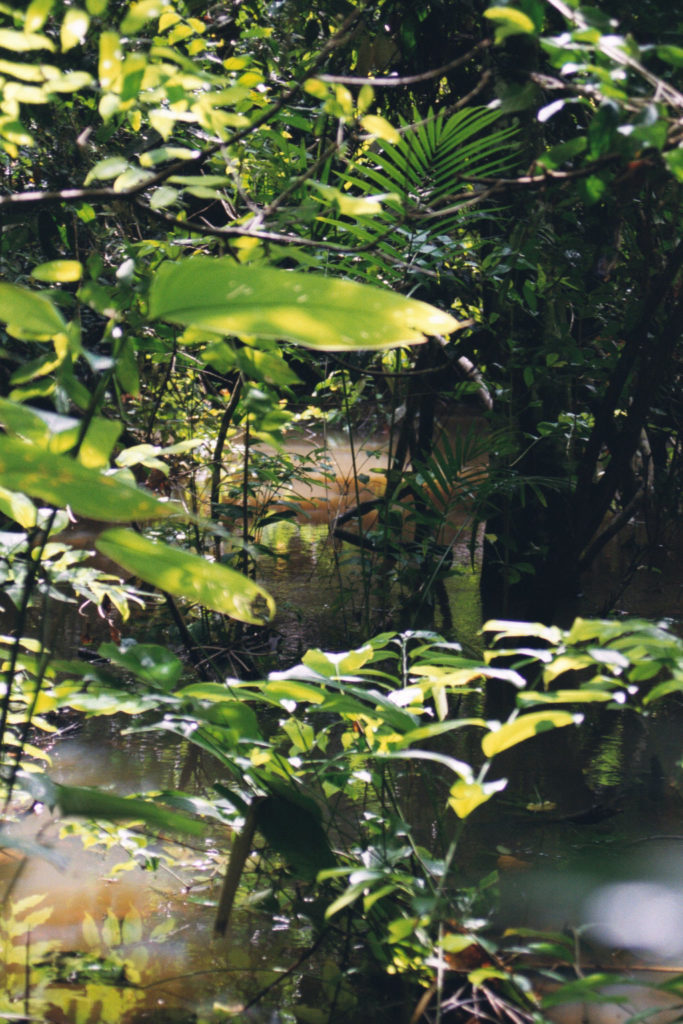
Daniel
I had just cured my plant blindness, but soon there will be nothing left to see.
I give up. If humanity wants to live in a world with only a handful of species as opposed to millions, who am I to tell them otherwise.